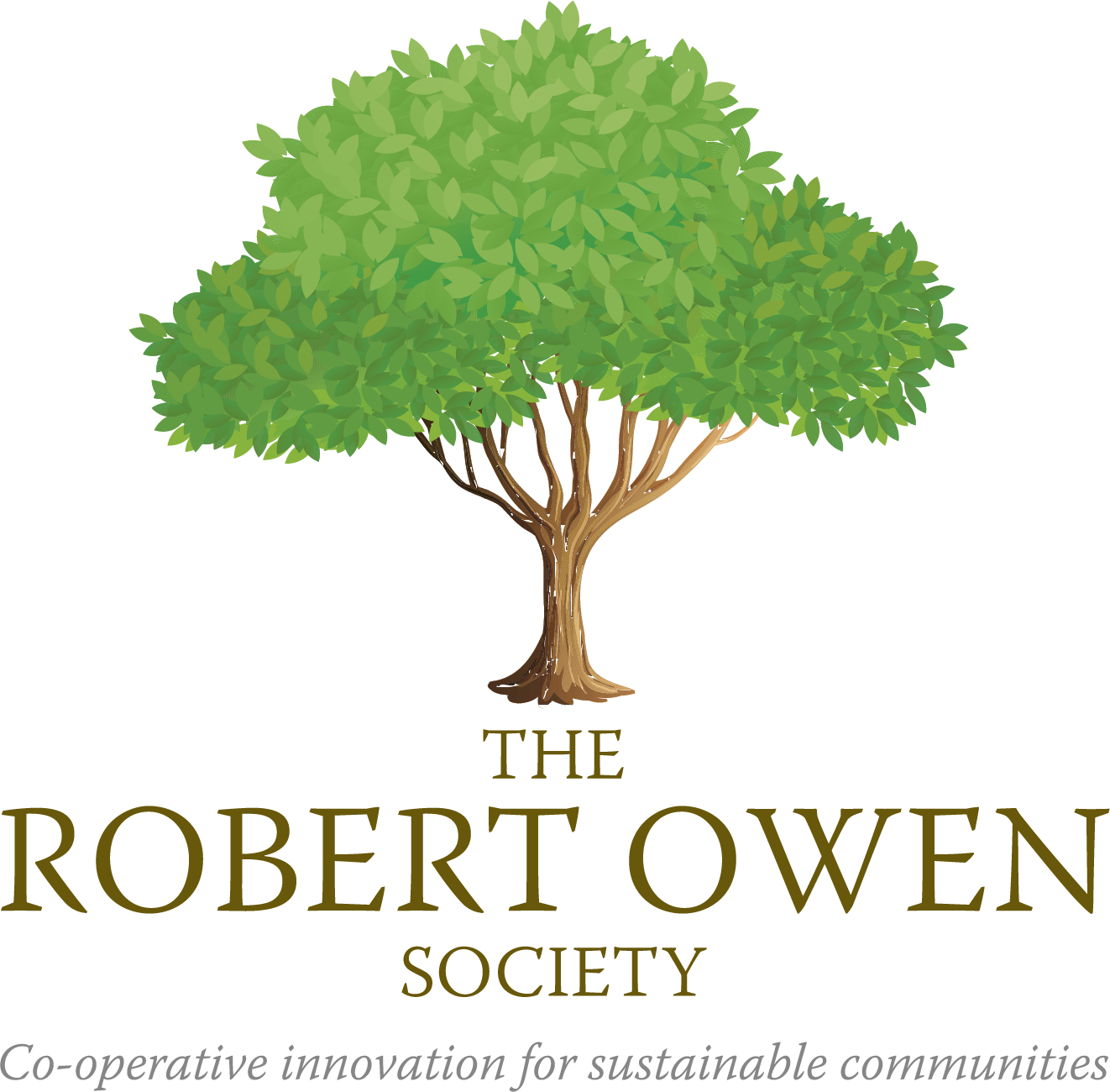
This year, Food Tank is highlighting 21 titles to encourage young readers’ interest in the food they eat and the world around them. These books for the young, and the young at heart, tell the stories of community gardens, celebrate dishes shared between generations, and provide new recipes for readers and their guardians to prepare at home.
And at their core, these books are helping children to develop food literacy, an “understanding of the impact of food choices on our health, community, and environment,” Philip Lee, Co-Founder of the publishing company Readers to Eaters tells Food Tank. “We talk about food literacy as a way to create bridges for understanding people and cultures” because “the more stories we tell, the more we break down cultural barriers and understand why we eat what we eat.”
Here are 21 books to help inspire young readers’ love for the food system.
1. A Seed in the Sun by Aida Salazar
Written by author and activist Aida Salazar, A Seed in the Sun is a coming-of-age story that weaves together historical events of the farmworkers rights movement in California in the 1960’s. The novel follows the protagonist, Lula, daughter of immigrants and grape harvesters in California. Lula learns many lessons, but when she meets labor rights activists Dolores Huerta and Larry Itliong, she learns the importance of using her voice.
2. Alice Waters Cooks up a Food Revolution by Diane Stanley, illustrated by Jessie Hartland
Learn about chef Alice Waters as she helps to pioneer the organic food movement in this colorful children’s biography by Diane Stanley. Anyone who has had a fresh vegetable from the garden will understand Alice’s passion for fresh ingredients! Follow Alice as she pursues the best fresh, organic, and locally grown ingredients to nourish her community.
3. Biscuit and Friends Visit the Community Garden by Alyssa Satin Capucilli, illustrated by Rose Mary Berlin, in the style of Pat Schories
In this book for beginning readers, Biscuit the little yellow puppy heads to the community garden in his latest adventure. Biscuit learns about different ways that he can help in the garden while learning the importance of community. Young readers will come out as little gardeners after enjoying this fun story!
4. Braiding Sweetgrass for Young Adults: Indigenous Wisdom, Scientific Knowledge, and the Teachings of Plants adapted by Monique Gray Smith, illustrated by Nicole Neidhart
Adapted from Robin Wall Kimmerer’s Best Seller, Braiding Sweetgrass for Young Adults shares Indigenous knowledge, ecology, and love for the natural world. This book challenges young adults to think differently about their relationships with nature. Readers will have a renewed sense of mindfulness when interacting with their surroundings and a greater appreciation for the living-breathing world around them.
5. A Day on Grandpa’s Ranch by Rachel Fields, illustrated by Jeanne Conway
Readers are transported to Grandpa’s Ranch through Rachel Fields’ words and Jeanne Conway’s watercolor illustrations in A Day on Grandpa’s Ranch. Young readers learn the seasonal tasks that Grandpa completes to keep his ranch running throughout the year. Grandpa, with his dog Cree by his side, tends to animals, fixes machines, and completes a variety of jobs in this book that is sure to inspire the next little farmer.
6. Grandma’s Farm written and illustrated by Michael Garland
In Grandma’s Farm, the companion to the best-seller Grandpa’s Tractor, Grandma Ginny shares stories of the family farm with her grandson Timmy. This intergenerational tale gives children a glimpse into farm life and tasks including shearing sheep and collecting eggs. Grandma’s Farm shows readers that sharing these stories creates a strong bond between grandparents and grandchildren.
7. Harlem Grown by Tony Hillery, illustrated by Jessie Hartland
Harlem Grown offers a glimpse into the true story of how Tony Hillery transformed an abandoned lot in Harlem into a lush garden. With inspiring words and engaging folk art style images, readers learn how gardening can offer hope to an entire community. This story of a dump turned urban farm teaches readers important messages about sustainability, nutrition, and community.
8. I’m Hungry! Tengo Hambre! written and illustrated by Angela Dominguez
This bilingual picture book teaches young readers simple phrases in English and Spanish. A sweet story where an unlikely friendship blossoms between a bluebird and a T.Rex who can’t decide what to eat. With cheerful illustrations, Bluebird and T.Rex introduce readers to Spanish and English food vocabulary.
9. Kimchi, Kimchi Every Day written and illustrated by Erica Kim
Erica Kim’s new book features her cut-paper illustration technique and shares her love for traditional Korean dishes. The rhyming book provides readers with a variety of ways to eat kimchi and includes tips for introducing eaters to the traditional dish. This book will help young readers take pride in their own cultural heritage and food.
10. Luli and the Language of Tea by Andrea Wang, illustrated by Hyewon Yum
When five year old Luli joins her English as a Second Language class, doesn’t know how to communicate with her peers, making it difficult for everyone to play together. But the challenge inspires Luli to unite the class through a tea party. Although they don’t speak the same language, for her Russian, Hindi, Arabic, and Spanish classmates’ tea becomes a unifying tool to bring together this classroom of young learners.
11. May Your Life Be Deliciosa by Michael Genhart, illustrated by Loris Lora
When Tosie asks her grandmother for the tamale recipe, she receives a laugh in response. The recipe is in her heart, her grandmother explains, and she is guided by her senses. On Christmas Eve, Rosie gathers in the kitchen with her grandmother, cousins, mother, and aunts to chop vegetables, roast chilis, knead the dough, and fold tamales, all while sharing stories.
12. Miguel’s Community Garden by JaNay Brown-Wood, illustrated by Samara Hardy
Follow Miguel as he explores the various plants growing in his community garden. Readers will learn how to identify and distinguish between common plants with easy-to-understand explanations and cheerful illustrations. The book also offers a recipe for parents and their tiny chefs to try out at home.
13. Nature’s Best Hope: How You Can Save the World in Your Own Yard adapted by Sarah L. Thomson
This adaptation of New York Time’s Best Seller, Nature’s Best Hope, will help young readers learn different ways to support conservation efforts in their own backyards. Empowering and inspiring to the next generation, author Douglas Tallamy promotes ways to take action to support the health of our planet with a focus on native plants. This book teaches readers that they are never too young to make a difference.
14. The Perfect Cake by Yolanda Gampp and Karen Kilpatrick, illustrated by Jared MacPherson
Written by celebrity chef, Yolanda Gampp, nicknamed the Queen of Cakes, and award-winning author Karen Kilpatrick, The Perfect Cake follows Yo as she bakes a cake for her family and learns lessons along the way. The heartwarming story teaches young bakers to be patient and get creative in the kitchen. Gampp also provides young bakers with beginner friendly recipes to try out at home.
15. Pocket Change Collective: Food Related Stories by Gaby Melian, illustrated by Ashley Lukashevsky
The Pocket Change Collective spotlights Chef and Activist Gaby Melian in its latest addition to the series. Food Related Stories recalls Melian’s journey with food as an Argentine-American, to Jersey City street vendor, to Bon Appetit’s Test Kitchen Manager. Melian shares her relationship with food in all its joy and struggle. Her account gives the reader an understanding of passion and hardwork as well as an idea of how food and cooking can weave themselves into family and culture.
16. Sandor Katz and the Tiny Wild by Jacqueline Briggs Martin and June Jo Lee, illustrated by Julie Wilson
Sandor Katz is the latest subject in the Food Heroes Series written by award winning authors Jacqueline Briggs Martin and June Jo Lee. The picture book follows Katz through boyhood in New York, eating pickles and sauerkraut, to rural Tennessee where he joins a close-knit community of queer farmers where he furthers his love for fermentation. Sandor Katz and the Tiny Wild weaves together the importance of ecology, community, and resilience and leaves readers with a simple approach to fermentation.
17. Saturday at the Food Pantry by Diane O’Neill, illustrated by Brizida Magra
Diane O’Neill teaches young readers about empathy and food insecurity in an approachable way in her new book, Saturday at the Food Pantry. Protagonist, Molly, heads to the food pantry with her mom and runs into a classmate who is embarrassed to be found there. Molly knows that everyone needs help sometimes and helps her classmate see that it’s okay to ask for help.
18. The Secret World of Plants by Ben Hoare
Author Ben Hoare brings out readers’ curiosity of the natural world in The Secret World of Plants. The book gives young readers a glimpse into plant science and biology with more than 100 stories featuring plants from across the globe. With beautiful illustrations and photography, children will learn how plants provide food, fuel, and medicine as well as the myriad of ways that plants interact with their environments.
19. The Thing About Bees by Shabazz Larkin
Inspired by his fear of bees, author Shabazz Larkin wrote The Thing About Bees to help ensure his sons didn’t inherit the same apprehension. The tribute to pollinators encourages young readers to think differently about bees and celebrate all that they make possible in the food system.
20. Tofu Takes Time by Helen H. Wu, illustrated by Julie Jarema
In Tofu Takes Time Lin and her grandma, NaiNai, make tofu from scratch. As they work, Lin becomes impatient. but with guidance she comes to understand the time and care essential to the process. And she begins to appreciate everything from seed to sunshine that make tofu so special.
21. The Unofficial Studio Ghibli Cookbook by Jessica Ann Yun
Jessica Ann Yun has collected over 50 Japanese inspired recipes to accompany your family’s next viewing of a Studio Ghibli film. With approachable recipes the collection will help further eaters’ appreciation for both Japanese cuisine and the films.
With thanks to: Foodtank.com
